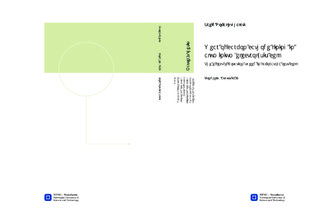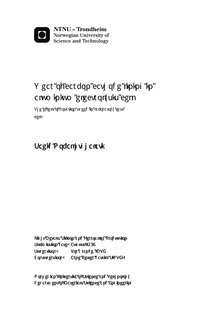| dc.description.abstract | The aluminium smelters are continually trying to increase their production either by designing high amperage cells or increasing the amperage on available cell designs. The service life for aluminium reduction cells is often limited by cathode carbon, due to preferential wear along the periphery of the cell. This phenomenon becomes more important when aluminium smelters increase the amperage of the cells and shifted towards graphitized cathode materials with higher electrical conductivity. The present work has focused on the cathode wear rate and its correlation with hydrodynamic conditions, cathodic current density and carbon materials. The electrolysis experiments were performed in an inverted test cell to determine the wear arte of carbon cathodes as a function of rotation speed, cathodic current density and carbon material. In the experimental setup, carbon cathode during the electrolysis is directly exposed to the molten cryolitic bath. The fundamentals of cathode wear are still unknown. But it is generally agreed that the formation and dissolution of aluminium carbide is an important factor for cathode wear. The formation and dissolution of aluminium carbide is influenced by current density and rotation speed. The experiments show that the wear rate is increased by increasing the current density and the rotation speed. Generally, chemical wear, mechanical wear and physical abrasion are three different wear mechanisms in carbon cathodes. Chemical and electrochemical wear are relevant to this study, while the other mechanisms are not subject of discussion. Totally fifteen samples from different types of carbon material were experimented. The rotation speed was the only variable for all tests to observe the effect of hydrodynamic conditions on the wear rate. Increasing the rotation speed leads to increase in the wear rate. The mass transport through the diffusion layer is a key factor in the wear process. Before the above experiments, a few wear tests had been performed with the same set up, to find the correlation between current density and wear rate. The experiments revealed the influence of current density on the wear rate, where wear rate increases with increasing the current density. The results show a sharp increase in wear rate at low current densities, while at the higher current densities the wear rate was less dependent on the current density. The effect of type of carbon material on the wear rate was observable. In addition the influence of initial molten aluminium and electrical current on the penetration of bath into the cathode was indicated via EPMA. It shows that for penetration of bath components at least one factor (aluminium or current) should be present, while for the cathode wear only the presence of current is enough. The samples were examined by x-ray computed tomography (CT) to observe inside the cathodes, before and after the test. All graphitized cathodes were completely penetrated. Contrary, in the large pores of the anthracite based cathodes, the bath penetration was not observed. | nb_NO |

